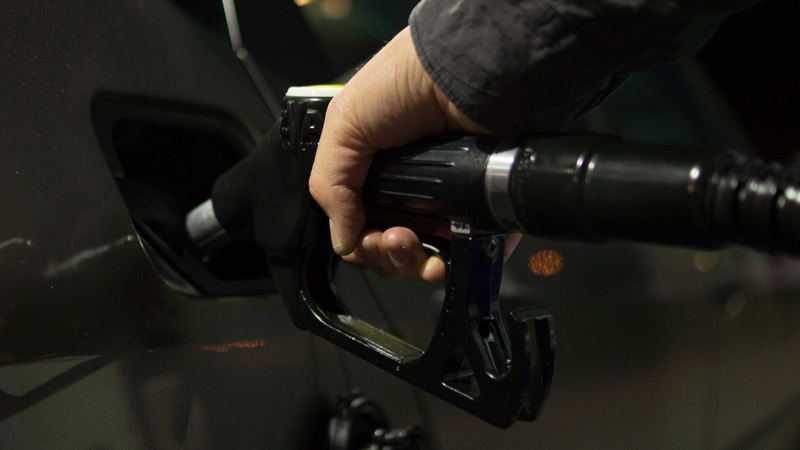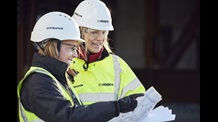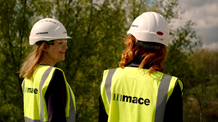Now's the time to switch to carbon-friendly fuel
The UK Government has set out a number of measures to meet their 2050 net zero carbon targets, including a recent new rule for red marked fuels, commonly known as “red diesel”. These legislative changes are now just around the corner, so the built environment sector has a short time to prepare for the impending ban. And with white diesel prices already rising, the industry can no longer drag its heels in switching to alternative fuel types.
From 1st April 2022, the price of red diesel (also known as gas oil, generator diesel and agricultural diesel, used to operate off-road vehicles and machinery) will rise due to removal of UK Government rebates. HMRC has confirmed it will take a pragmatic approach to enforcement and consider the steps taken to switch to using fully duty-paid diesel, but have stated that they will go as far as to withhold equipment, and issue fines and penalty charges.
The UK is seeing a record rise in white diesel prices (taxed diesel used in most road vehicles), with recent data from suppliers Crown Oil and construction company Speedy Hire suggesting that prices could be 80% higher by the end of 2022. The increased fuel charges come at a worrying time for the construction industry, with material prices 21.5% higher at end 2021 than they were in December 2020.
UK red diesel use generates almost 14m tonnes of carbon dioxide emissions a year, so it’s easy to see why the Government is adopting more stringent measures. It is anticipated that the new rules will prompt users to invest in cleaner alternatives - but what are the options currently available?
HVO fuel
Green D+ HVO fuel is the current alternative fuel market leader. It is compatible with all diesel engines and plant equipment and manufacturer testing shows up to 90% less CO2 emissions compared to regular diesel. It also generates up to 30% less NOx and up to 85% less particulates, which helps improve the environments we ask our operatives to work in. On Mace projects, 12% of our fuel usage in 2021 came from HVO, saving close to 475 tonnes of CO2e.
Battery powered electric plant
Smaller battery-powered machines offer like-for-like performance when compared to diesel-powered machines – i.e. no less powerful or productive. They can be powered by 100% renewable electricity (generating zero carbon emissions), however, there is still a little uncertainty regarding battery end of the life disposal or reuse. Electric plant is the most sustainable option in the marketplace at this present moment in time.
Hybrid options
A mix of battery power and fuel - typically 70% fuel and 30% electrically powered. If used correctly, plant such as hybrid Mobile Elevating Work Platforms can save 9~10 kg CO2 emissions every operating hour.
Hydrogen
A hydrogen fuel cell produces electricity where the only by-products are water and heat, and have recently been used on several Mace sites for small scale power generation – such as CCTV cameras and site lighting.
2021 saw Mace continue to push forward in our pursuit of a sustainable world. In 2020 we committed to become a net zero business and in 2021 launched additional carbon commitments: to reduce our residual corporate emissions by a further 10% every year, and to save 1 million tonnes of client carbon by 2026.
But the industry’s net zero journey is one that is only just beginning. While several leading UK construction bodies have recently called for a 12-month delay to restrictions, perhaps rather than focus on the costs associated with the new legislation, we should instead see this as an opportunity. A moment to seize with both hands. A real chance to drive change by implementing sustainable solutions on a widespread scale. And another significant step forward on the road to net zero carbon.












